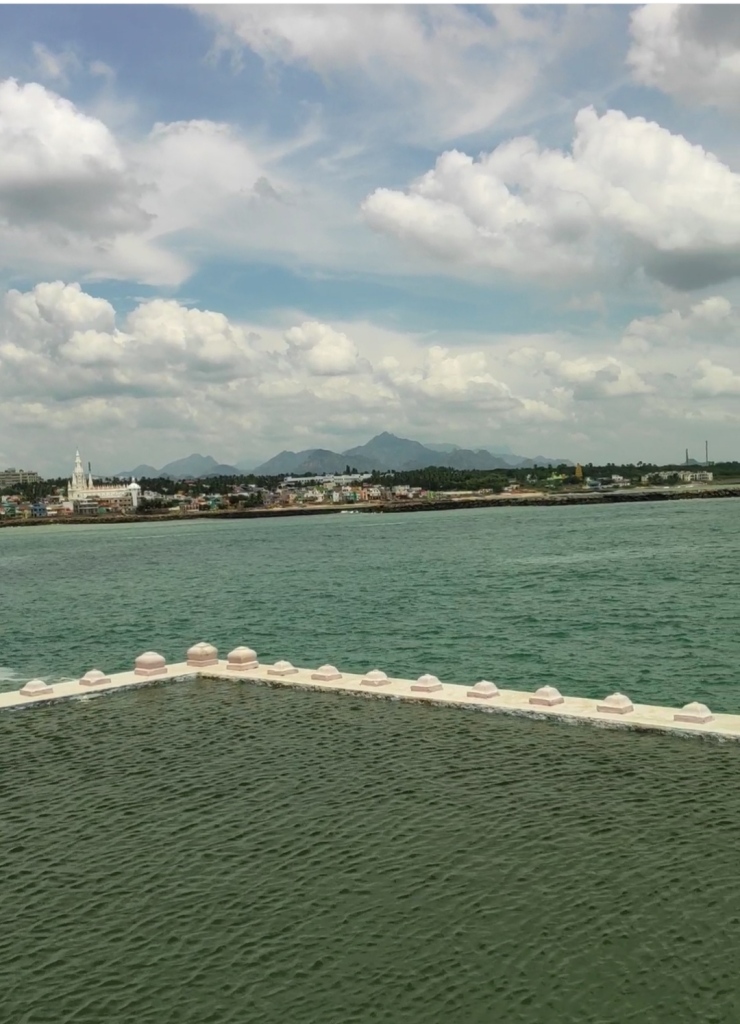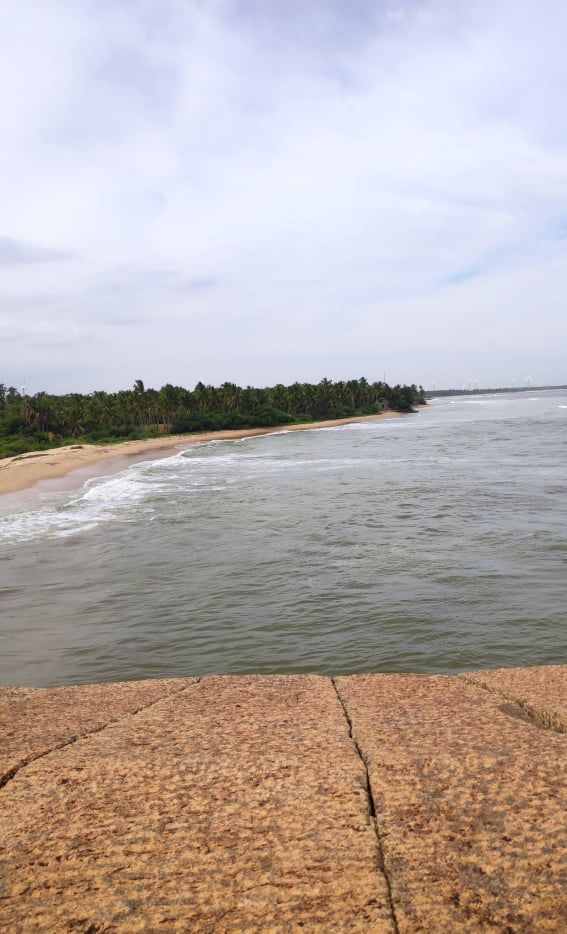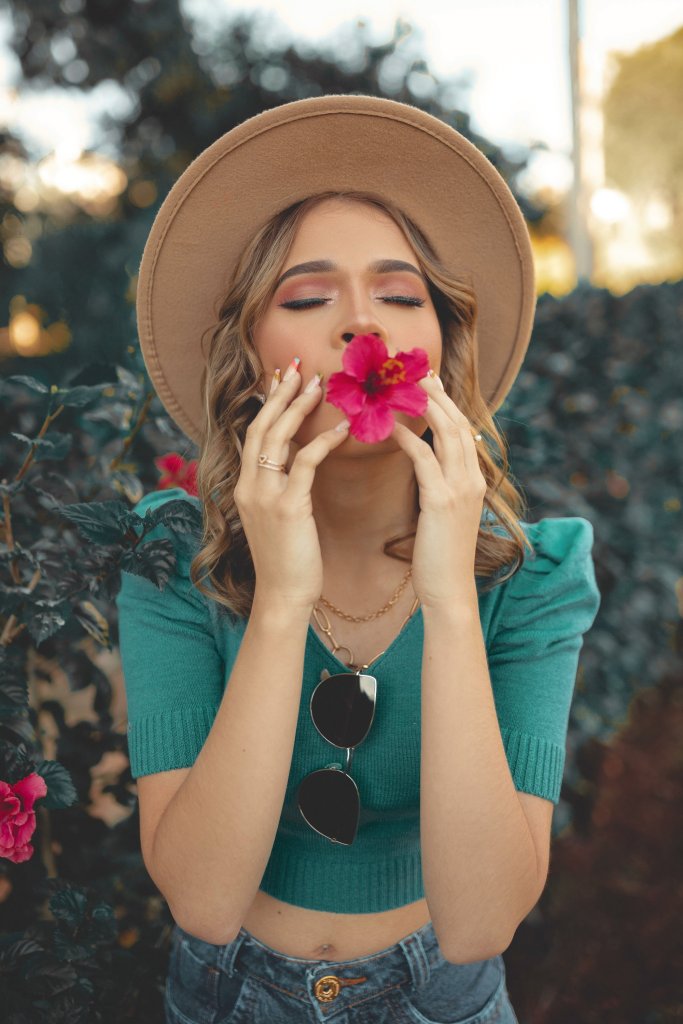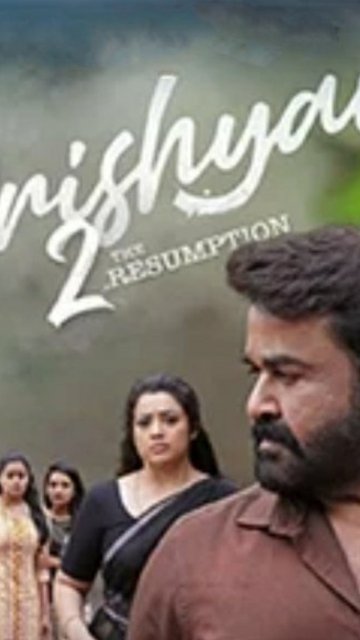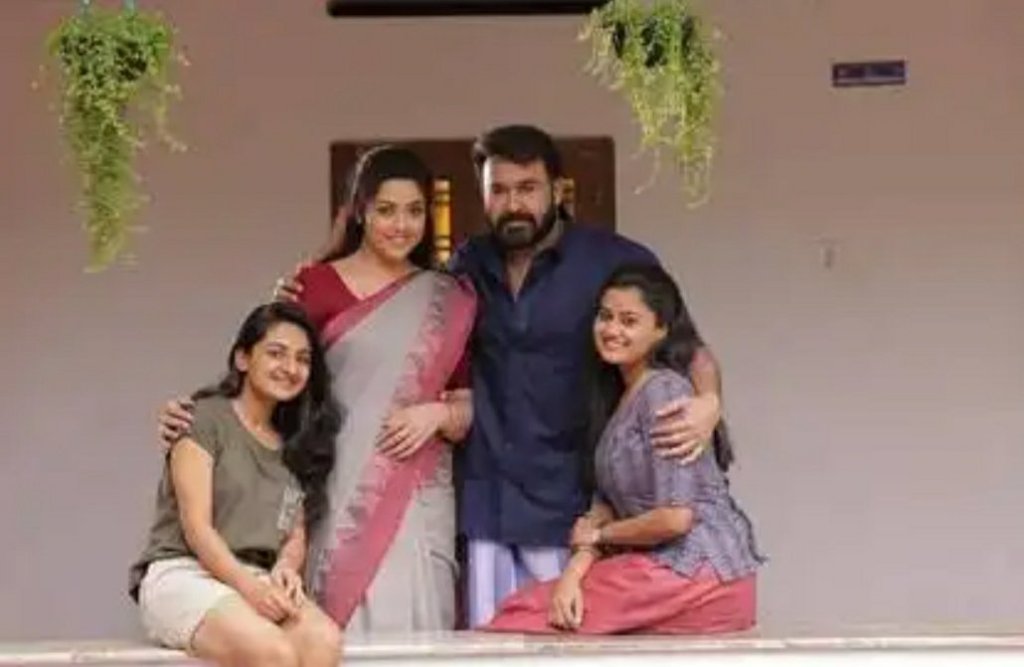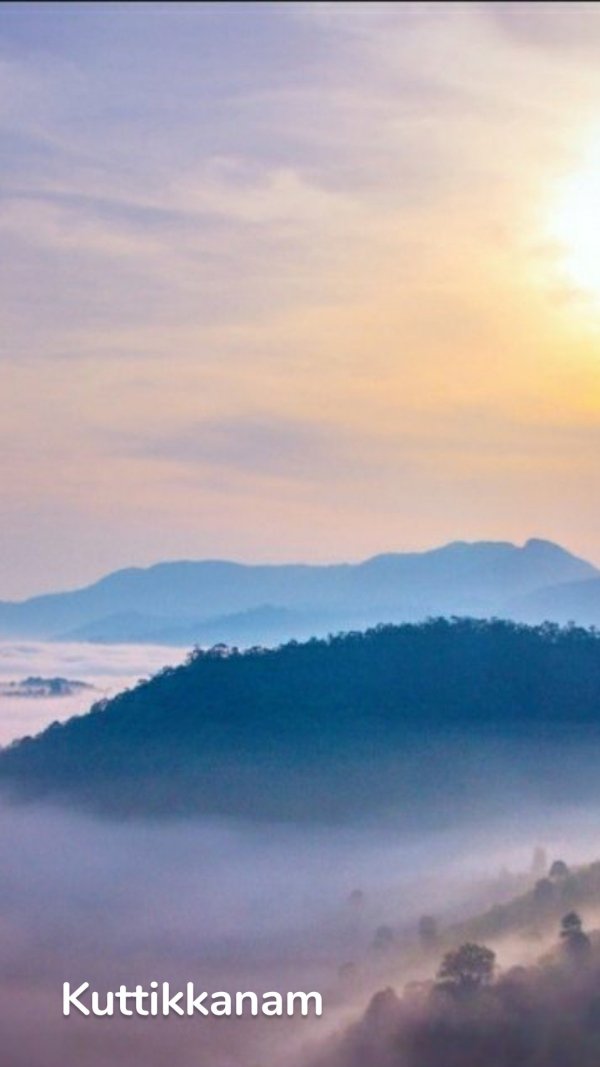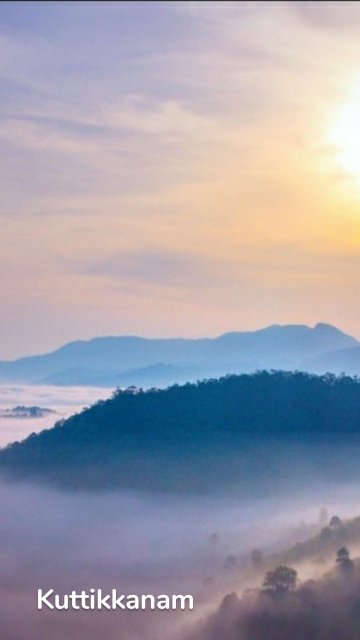
Wayanad is a beautiful district located in the state of Kerala, India. It is known for its scenic landscapes, lush green forests, wildlife sanctuaries, and rich cultural heritage. Here are the top ten places to visit in Wayanad, along with their specialties:
1. Chembra Peak: Chembra Peak is the highest peak in Wayanad and offers breathtaking views of the surrounding hills and valleys. It is a popular spot for trekking and is known for its heart-shaped lake, which is a major attraction.
2. Banasura Sagar Dam: Banasura Sagar Dam is the largest earthen dam in India and is built across the Karamanathodu River. The reservoir formed by the dam offers stunning views, and you can enjoy boating and other water activities here.
3. Edakkal Caves: Edakkal Caves are natural caves that feature ancient rock engravings dating back to the Neolithic age. The cave paintings and carvings provide insights into the prehistoric civilization and attract history enthusiasts.
4. Wayanad Wildlife Sanctuary: Wayanad Wildlife Sanctuary is home to a diverse range of flora and fauna. It is known for its population of elephants, tigers, leopards, and various species of birds. Wildlife safaris and trekking are popular activities here.
5. Pookode Lake: Pookode Lake is a picturesque freshwater lake surrounded by lush greenery. It offers boating facilities and has a freshwater aquarium that showcases a variety of fish species found in the region.
6. Meenmutty Falls: Meenmutty Falls is a three-tiered waterfall nestled in the dense forest of Wayanad. It is one of the largest and most mesmerizing waterfalls in the region, attracting nature lovers and adventure seekers.
7. Soochipara Falls: Soochipara Falls, also known as Sentinel Rock Waterfalls, is a popular tourist spot known for its scenic beauty. The waterfall cascades down from a height of around 200 meters and offers opportunities for swimming and rock climbing.
8. Thirunelli Temple: Thirunelli Temple is an ancient temple dedicated to Lord Vishnu and is situated amidst the lush Brahmagiri Hills. It is believed to be one of the oldest temples in Kerala and is known for its unique architecture and serene surroundings.
9. Wayanad Heritage Museum: Wayanad Heritage Museum, located in Ambalavayal, showcases an extensive collection of artifacts, tribal relics, and ancient tools. It provides insights into the history, culture, and lifestyle of the tribal communities of Wayanad.
10. Muthanga Wildlife Sanctuary: Muthanga Wildlife Sanctuary is another significant wildlife sanctuary in Wayanad. It is known for its elephant population and offers wildlife safaris to explore the natural habitat of various animals and birds.
Specialty: Wayanad is renowned for its rich biodiversity, lush tea and coffee plantations, spice gardens, and traditional tribal communities. It provides an ideal setting for nature lovers, adventure enthusiasts, and those seeking a serene and tranquil retreat amidst nature’s bounty.Please note that the order of the places mentioned above is not indicative of their ranking. Each of these attractions has its own unique charm and appeal.


